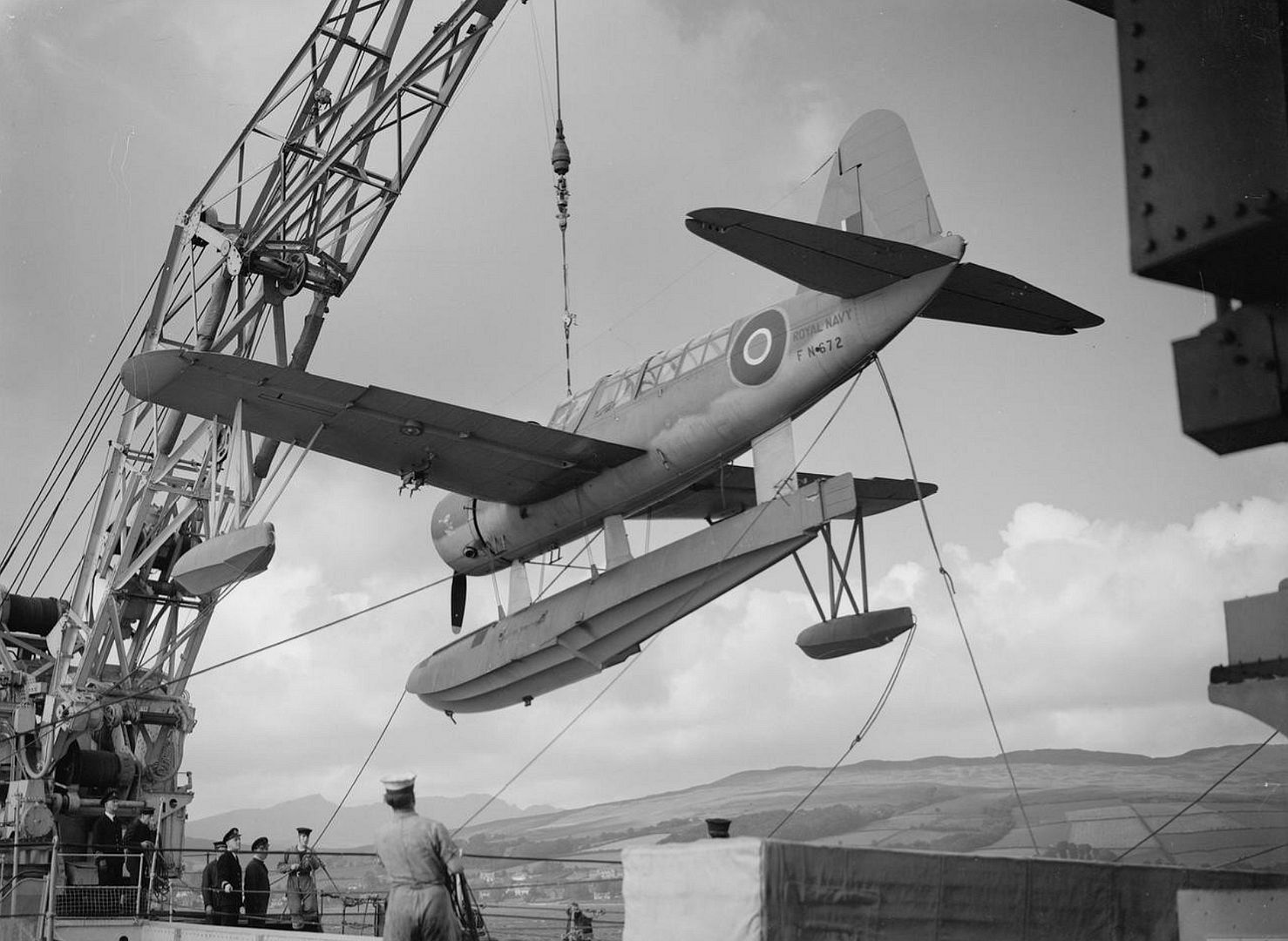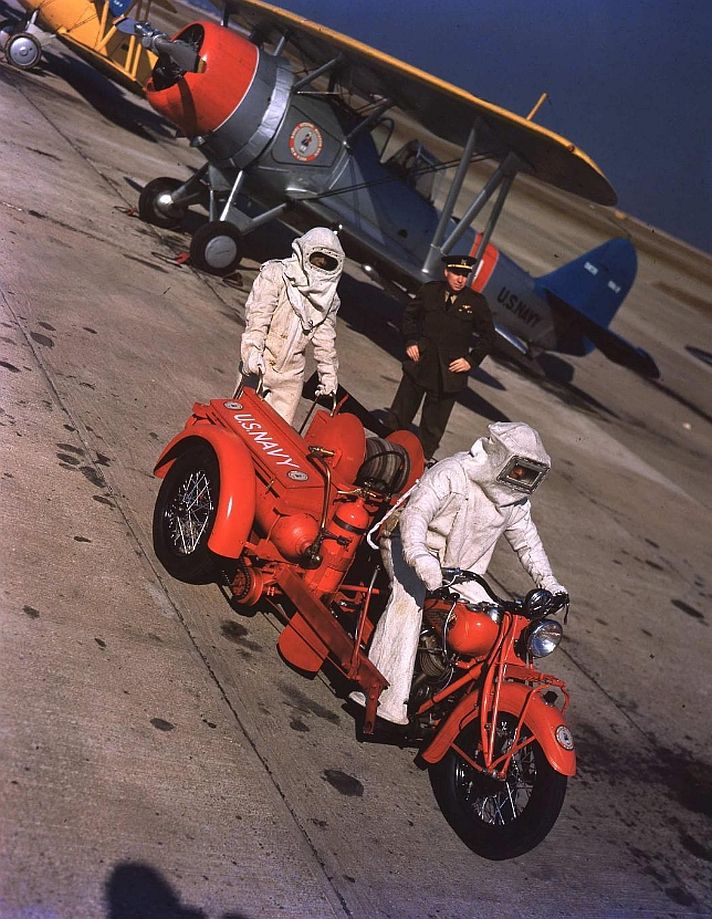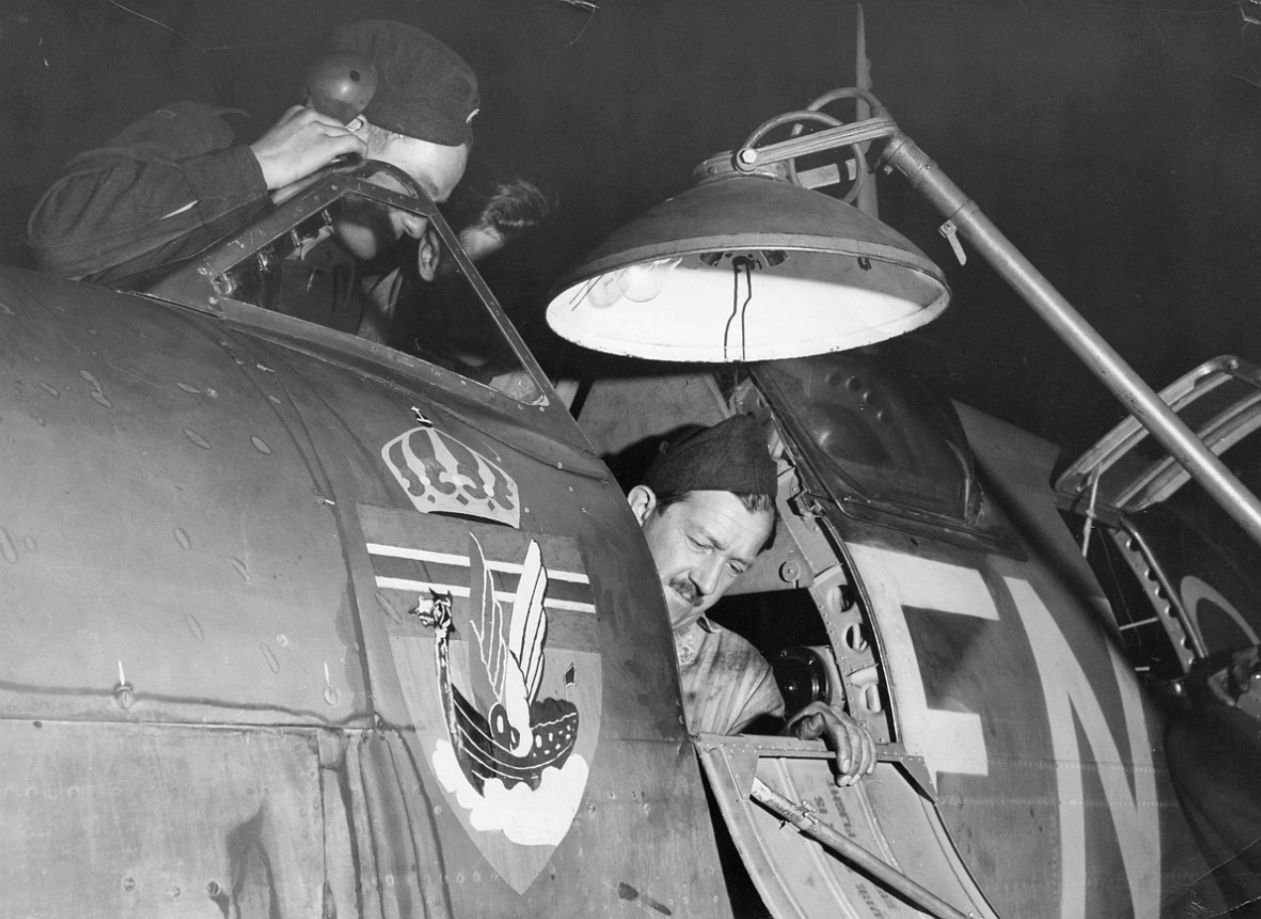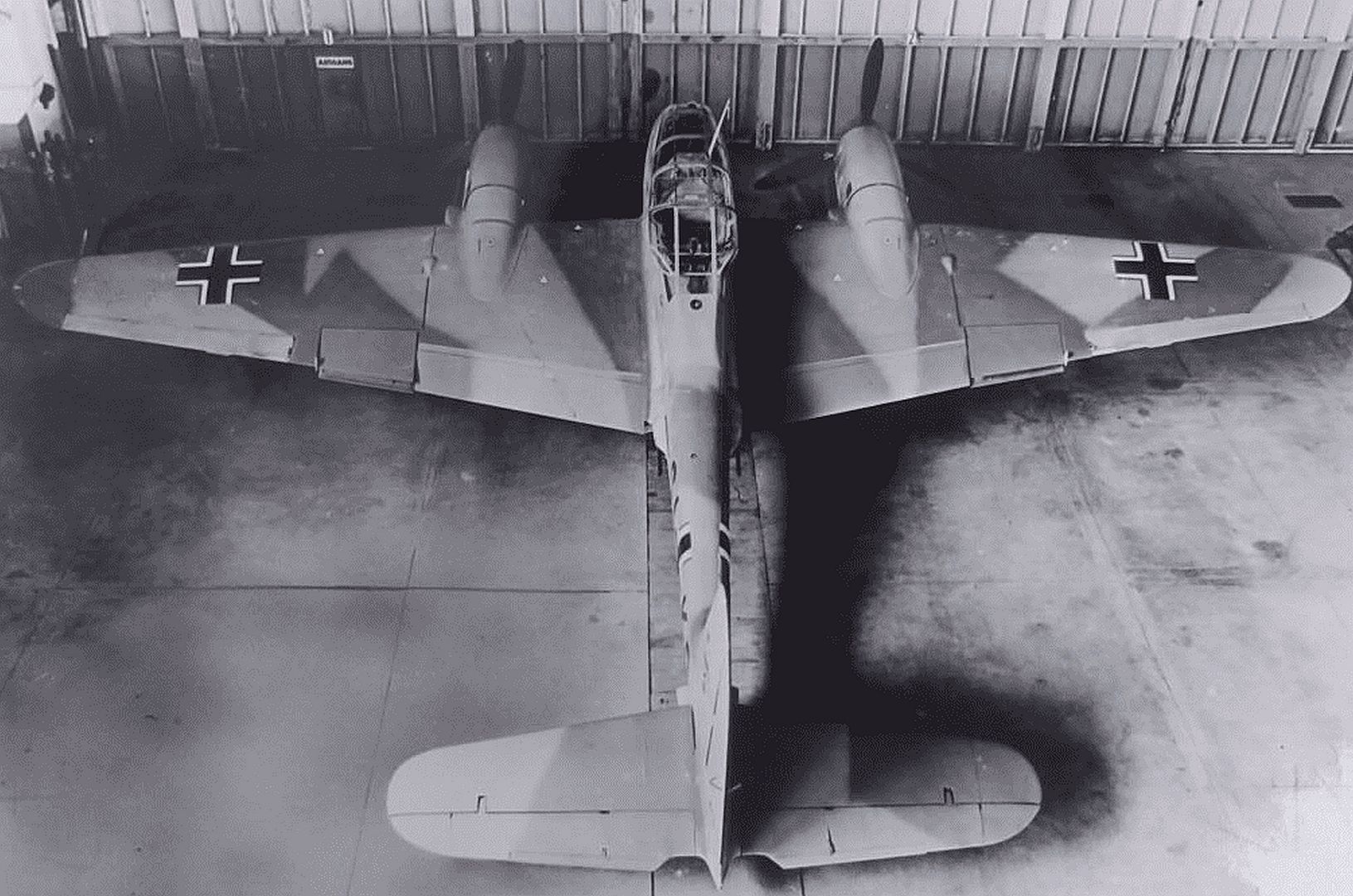Forums
- Forums
- Axis And Allies Forum
- General Discussion
- Photo of the week
Photo of the week
Post a reply
- Go to Next topic
- Go to Welcome
- Go to Introduce Yourself
- Go to General Discussion
- Go to Screenshots, Images and Videos
- Go to Off topic
- Go to Works in Progress
- Go to Skinning Tips / Tutorials
- Go to Skin Requests
- Go to IJAAF Library
- Go to Luftwaffe Library
- Go to RAF Library
- Go to USAAF / USN Library
- Go to Misc Library
- Go to The Ops Room
- Go to Made in Germany
- Go to Campaigns and Missions
- Go to Works in Progress
- Go to Juri's Air-Raid Shelter
- Go to Campaigns and Missions
- Go to Works in Progress
- Go to Skinpacks
- Go to External Projects Discussion
- Go to Books & Resources
-
 Main AdminThis weekends photos.
Main AdminThis weekends photos.
HMS Ark Royal was the first ship designed and built as a seaplane carrier. She was purchased by the Royal Navy in 1914 shortly after her keel had been laid and the ship was only in frames; this allowed the ship's design to be modified almost totally to accommodate seaplanes. In the First World War, Ark Royal participated in the Gallipoli Campaign in early 1915, with her aircraft conducting aerial reconnaissance and observation missions. Her aircraft later supported British troops on the Macedonian Front in 1916, before she returned to the Dardanelles to act as a depot ship for all the seaplanes operating in the area. In January 1918, several of her aircraft unsuccessfully attacked the German battlecruiser SMS Goeben when she sortied from the Dardanelles to attack Allied ships in the area. The ship left the area later in the year to support seaplanes conducting anti-submarine patrols over the southern Aegean Sea.
After the end of the war, Ark Royal mostly served as an aircraft transport and depot ship for those aircraft in support of White Russian and British operations against the Bolsheviks in the Caspian and Black Sea regions during the Allied intervention in the Russian Civil War. She also supported Royal Air Force (RAF) aircraft in British Somaliland in the campaign against Mohammed Abdullah Hassan in 1920. Later that year, the ship was placed in reserve. Ark Royal was recommissioned to ferry an RAF squadron to the Dardanelles during the Chanak Crisis in 1922. She was reduced to reserve again upon her return to the United Kingdom the following year.
Ark Royal was recommissioned in 1930 to serve as a training ship, for seaplane pilots and to evaluate aircraft catapult operations and techniques. She was renamed HMS Pegasus in 1934, freeing the name for the aircraft carrier ordered that year, and continued to serve as a training ship until the beginning of the Second World War in September 1939. Assigned to the Home Fleet at the beginning of the war, she took on tasks as an aircraft transport, in addition to her training duties, until she was modified to serve as the prototype fighter catapult ship in late 1940. This type of ship was intended to defend convoys against attacks by German long-range maritime patrol bombers by launching fighters via their catapult to provide air cover for the convoy. Pegasus served in this role until mid-1941 when she reverted to her previous duties as a training ship. This lasted until early 1944 when she became a barracks ship. The ship was sold in late 1946 and her conversion into a merchant ship began the following year. However, the owner ran out of money during the process and Anita I, as she had been renamed, was seized by her creditors in 1949 and sold for scrap. She was not broken up until late 1950.


-
 Main Admin
Main Admin -
 Main Admin
Main Admin -
 Main Admin
Main Admin -
 Main Admin
Main Admin -
 Main Admin
Main Admin -
 Main Admin
Main Admin -
3 years agoTue Mar 02 2021, 06:56pmDuggy
 Main Admin
Main Admin -
3 years agoWed Jan 27 2021, 11:52pmDuggy
 Main AdminThis midweeks photos.
Main AdminThis midweeks photos.
Lucky Lady II is a United States Air Force Boeing B-50 Superfortress that became the first airplane to circle the world nonstop. Its 1949 journey, assisted by in-flight refueling, lasted 94 hours and 1 minute.
The Lucky Lady II was a B-50 of the 43rd Bombardment Group, equipped with 12 .50-caliber (12.7mm) machine guns. For its circumnavigation mission, a fuel tank was added in the bomb bay for extra range. The mission required a double crew with three pilots, under the command of Capt. James Gallagher. The crews rotated in shifts of four to six hours.
Bearing a total crew of 14, the aircraft started its round-the-world trip at 12:21 p.m. on February 26, 1949. It took off from Carswell Air Force Base near Fort Worth, Texas, and headed east toward the Atlantic Ocean.
After flying 23,452 mi (37,742 km), the aircraft passed the control tower back at Carswell on March 2 at 10:22 am, marking the end of the circumnavigation, and landed there at 10:31 a.m. after having been in the air for 94 hours and one minute, landing two minutes before the estimated time of arrival calculated at take-off.
En route, the aircraft was refueled four times by KB-29M Superfortresses, near Lajes Air Base in the Azores, Dhahran Airfield in Saudi Arabia, Clark Air Base in the Philippines, and Hickam Air Force Base in Hawaii, using the soon-to-be obsolete grappled-line looped-hose technique.
The aircraft flew at altitudes between 10,000 to 20,000 ft (3,000 to 6,100 m) and completed the trip around the world at an average ground speed of 249 mph (401 km/h; 216 kn).
General Curtis LeMay, Strategic Air Command's commanding general, was on hand to greet Lucky Lady II upon its arrival, together with dignitaries including Secretary of the Air Force W. Stuart Symington, Air Force Chief of Staff General Hoyt S. Vandenberg, and Major General Roger M. Ramey, commanding general of the Eighth Air Force. LeMay said the mission showed that the Air Force could send bombers from the United States to "any place in the world that required the atomic bomb". He also said mid-air refueling could also be used for fighter aircraft. Symington noted that aerial refueling would "turn medium bombers into inter-continental bombers".
The aircraft's crew were each awarded the Distinguished Flying Cross and were honored by the National Aeronautic Association with its annual Mackay Trophy, recognizing the outstanding flight of the year and by the Air Force Association with its Air Age Trophy.
Another B-50 named Global Queen had taken off on February 25 with the same mission, but was forced to land at Lajes Air Base in the Azores due to an engine fire. Altogether, five B-50As were lined up by LeMay for the task in anticipation that at least one would succeed, and only four weeks were given to prepare the crews and logistics.
-
 Main Admin
Main Admin
Post a reply
- Go to Next topic
- Go to Welcome
- Go to Introduce Yourself
- Go to General Discussion
- Go to Screenshots, Images and Videos
- Go to Off topic
- Go to Works in Progress
- Go to Skinning Tips / Tutorials
- Go to Skin Requests
- Go to IJAAF Library
- Go to Luftwaffe Library
- Go to RAF Library
- Go to USAAF / USN Library
- Go to Misc Library
- Go to The Ops Room
- Go to Made in Germany
- Go to Campaigns and Missions
- Go to Works in Progress
- Go to Juri's Air-Raid Shelter
- Go to Campaigns and Missions
- Go to Works in Progress
- Go to Skinpacks
- Go to External Projects Discussion
- Go to Books & Resources










